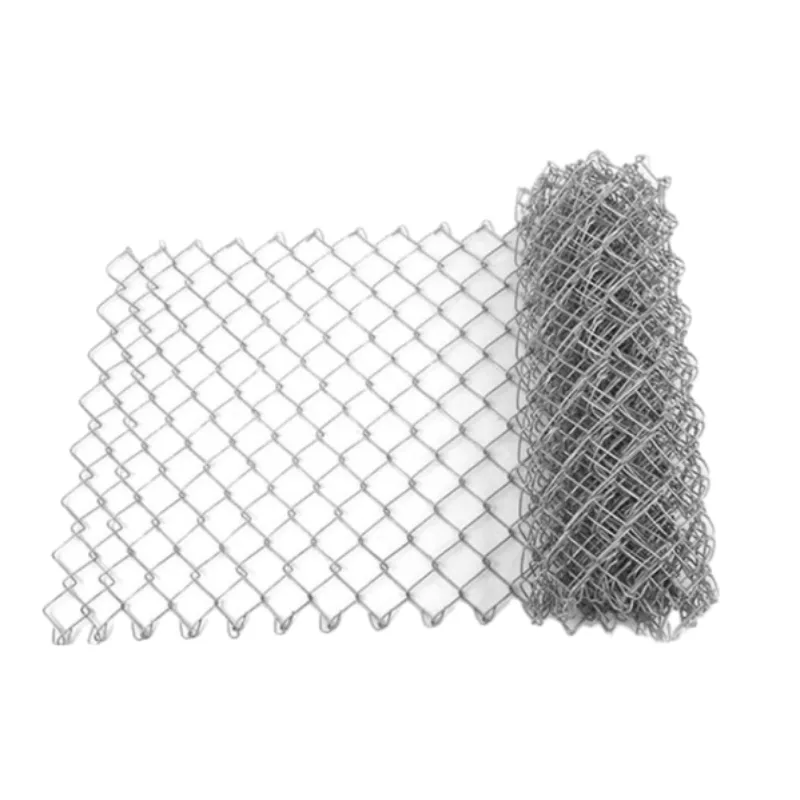
- Afrikaans
- Albanian
- Arabic
- Armenian
- Azerbaijani
- Basque
- Belarusian
- Bengali
- Bosnian
- Bulgarian
- Croatian
- Czech
- Danish
- Dutch
- English
- Esperanto
- Estonian
- Finnish
- French
- Galician
- Georgian
- German
- Greek
- hawaiian
- Hindi
- Hungarian
- Indonesian
- irish
- Italian
- Lao
- Latvian
- Lithuanian
- Luxembourgish
- Macedonian
- Maltese
- Myanmar
- Norwegian
- Polish
- Portuguese
- Romanian
- Russian
- Serbian
- Slovak
- Somali
- Spanish
- Swedish
- Thai
- Turkish
- Turkmen
- Vietnamese
Дек . 26, 2024 02:32 Back to list
How to Securely Attach Fence Panels to T Posts for Maximum Stability
Connecting Fence to T-Post A Comprehensive Guide
Building a fence is an essential task for many homeowners, serving various purposes such as providing security, defining property lines, and enhancing the aesthetic appeal of a yard. One of the most common types of fencing frameworks involves the use of T-posts, which are metal posts that provide solid support for the fence. Connecting a fence to T-posts can seem daunting, but with the right knowledge and tools, it can be accomplished with ease. This guide will walk you through the process step by step.
Understanding T-Posts
T-posts are versatile and durable, typically made of steel and available in various heights. They feature a T shape that provides excellent stability when driven into the ground, making them ideal for supporting wire fences, chain link, and even wooden fences. Their design allows for easy installation and the ability for quick adjustments, making them a favorite among both DIY enthusiasts and professionals.
Tools and Materials Needed
To successfully connect a fence to T-posts, you will need a few essential tools and materials
1. T-Posts Choose the right height depending on your fencing needs. 2. Fencing Material This could be wire mesh, chain link fabric, or wooden panels. 3. Wire Ties or Clamps For wire fences, use wire ties to attach the fencing securely to the posts. If using wooden panels, you will need wood screws or brackets. 4. Post Driver or Hammer To drive the T-posts into the ground. 5. Wire Cutter or Pliers For cutting and bending wire ties as needed. 6. Level To ensure that your posts are straight. 7. Tape Measure For measuring distances between posts and sections of fencing.
Installing T-Posts
1. Planning Before diving into the installation, plan the layout of your fence. Mark the position of each T-post with stakes or flags. Ensure there’s a consistent distance between each post (typically 6 to 10 feet apart, depending on the type of fencing being used).
2. Driving the Posts Use a post driver or hammer to drive the T-posts into the ground. The top of the post should align with the intended height of the fence. Ensure that the posts are vertical by using a level.
3. Spacing Check that all posts are evenly spaced and aligned. Adjust if necessary before moving on to the next step.
Attaching the Fence to T-Posts
For Wire Fences
connecting fence to t post

1. Unroll the Wire Lay out the wire fencing along the line of T-posts.
2. Attach the Wire to T-Posts Begin at one end and attach the wire to the first T-post. Use wire ties to secure the wire to the vertical part of the “T”. Space the ties about 12-18 inches apart to keep the fencing tight and secure. Use pliers to twist the wire ties for a snug fit.
3. Stretch the Wire Move along to the next T-post, pulling the wire taut to prevent sagging. Repeat the attachment process, working your way down the line of posts.
4. End the Wire When you reach the end of your fence, securely fasten the wire to the final T-post. Make sure to cut off any excess wire and twist the ends to prevent sharp edges.
For Wooden Panels
1. Position the Panel Align the wooden panel with the T-post. The panel should rest against the post at a right angle.
2. Secure with Screws or Brackets Use wood screws or brackets to attach the panel to the T-post. Space the screws about 24 inches apart to ensure even support.
3. Repeat Continue the process for each section of the fence until all panels are attached.
Final Touches
Once all sections of the fencing are connected to the T-posts, walk along the length of the fence to check for stability and height consistency. Make any necessary adjustments, and then take the time to ensure that the fence is visually appealing and aligned with your property line.
Conclusion
Connecting your fence to T-posts is a straightforward process that, with the right tools and techniques, can enhance the durability and appearance of your fencing. Whether you choose wire fencing or wooden panels, proper installation will ensure that your fence serves its purpose efficiently for years to come. With these guidelines in hand, you can take pride in your DIY fencing project and enjoy the benefits it brings to your home.
-
Versatile Sheep and Livestock Hurdles for Sale
NewsApr.14,2025
-
The Rise of BRC Fencing
NewsApr.14,2025
-
High-Quality Cattle and Horse Panels for Sale
NewsApr.14,2025
-
Durable Cattle Fencing Solutions
NewsApr.14,2025
-
Double Wire Fencing Solutions
NewsApr.14,2025
-
360 Degree Protection with 358 Anti-Climb Fences
NewsApr.14,2025









